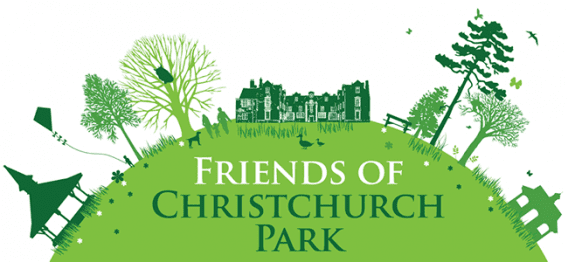During our hot, very hot, dry summer many of us saw hoards of white butterflies floating around our gardens. I even saw white butterflies coming off the North Sea at various seaside towns and villages. Some of us are gardeners, vegetable gardeners and white butterflies, known locally as cabbage whites, are a problem for us especially those of us who grow brassica. Farmer Keith grows sprouting broccoli, sprouts and various greens. I am growing cabbages. Last year Keith’s cabbages were shredded by the caterpillars of the large white butterflies. There are no caterpillars on our greens this year, despite the abundance of both large and small white butterflies. I have no idea why this is so but I am grateful, as is Keith.
I smiled last week when an article appeared in a national newspaper about birds and bird feeders. Exeter University has carried out research into which birds are the most aggressive at birdtables. They found that house sparrows were the bullies, followed by greenfinch, nuthatch, robin and down to number ten which was coal tit. I thought what absolute nonsense. What about starlings I cry? As I ride along Stoney Road 200 or so starlings sit on the overhead wires waiting for the resident bird lovers to put out bird seed, fatballs, and coconuts. Within minutes the food has been devoured by squabbling starlings, birds of course which are much larger than house sparrows and armed with a dagger for a beak. I am told that magpies have also got in on the act having been seen hanging upside down on the fatballs. House sparrows do not stand a chance.
I have in the past suggested some of nature’s wonders that should be added to your bucket list. Not to be missed are the seal pups on the Norfolk coast, the deer rut at Helmingham Hall or Minsmere, or a murmuration of starlings wherever it is taking place. Not to be added to your list is hare coursing. I have written many times about this barbaric ‘sport’. In the EADT of 13 September 2018, hare coursing made the front page. The heading went: ‘hare coursing reported every day in Suffolk’. Illegal it may be but hare coursing has increased from 141 reported cases in 2016/17 to 400 in 2017/18. Tim Passmore, Crime Commissioner for Suffolk, says that ‘Suffolk is particularly vulnerable to this type of crime due to its big open spaces and it population of brown hares. Almost all of those responsible have criminal records. They can be violent, threatening, will trespass and damage property and often travel in stolen cars. Much money changes hands and that is why they do it.’ The Country, Land and Business Association has called for tailored sentencing guidelines to include vehicle seizure and compensation for damage caused by hare coursing. Well, something ought to be done. Hares are beautiful creatures and are on the decrease. This is just another example of the desecration of our countryside. It is much more than just wanton vandalism.
I noticed a tiny piece tucked away at the bottom of the page in last Friday’s Daily Telegraph. A tiny piece, yes, but announcing a monumental decision by the Government. The badger cull, which has resulted in the deaths of well over 35,000 badgers in Gloucestershire and Somerset, is to be extended. Culling is now to take place in 32 areas across 10 counties – Devon, Cornwall, Dorset, Glocs, Herefordshire, Cheshire, Somerset, Wiltshire, Staffordshire and surprisingly Cumbria. This follows data published which indicates that the rate of TB in cattle has halved in the first cull areas since the programme began. The farming minister, George Eustace, said: “Today’s figures, showing a reduction in TB, are evidence that our strategy in dealing with this slow-moving insidious disease is delivering results. Many people are anti this cull but you just have to look at the faces of farmers who are told that their cattle have to be put down because of TB.
